Earth is the fifth largest planet in the Solar System and the third planet from the Sun. It is the biggest terrestrial planet. But how big is it? If a person would walk from one end to the other, how many miles around the Earth would that person walk? The short answer is around 24.901 miles.
The mean radius of Earth is at around 3.958 mi / 6.371 km, slightly larger than Venus, almost twice the radius of Mars and about three times that of Mercury.
If you started walking from one end to the other, you would have to cover more than 24.901 mi / 40.075 km. However, things are more complicated than this since Earth is not a perfect sphere.
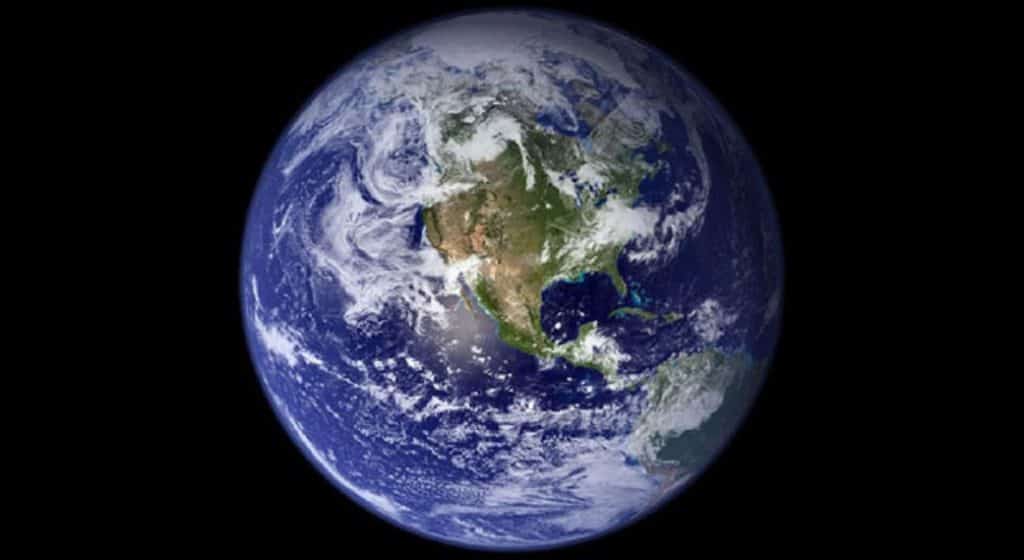
The Shape of the Earth
Earth is a flattened sphere; it has an oblate spheroid shape. The Earth is flattened along its axis from pole to pole resulting in a bulge at the equator.
This bulge comes from Earth’s rotation, which causes the diameter at the equator to be 27 mi / 43 km larger than the pole-to-pole diameter. Depending on where a person traveled from, they would ultimately traverse a different amount of miles – kilometers.
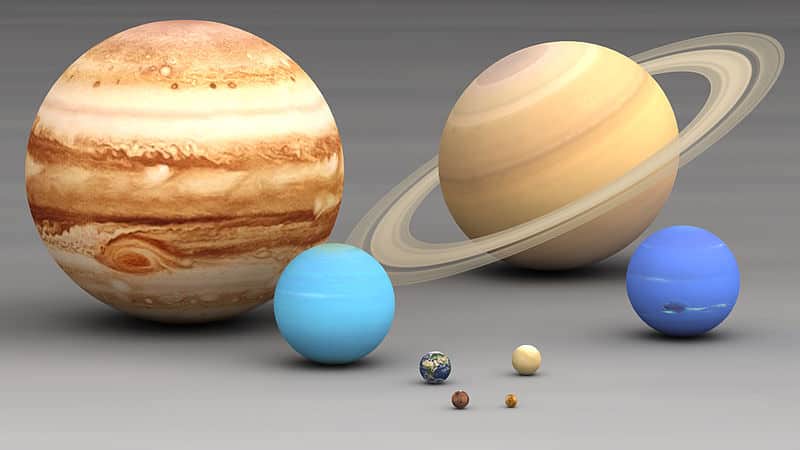
Humanity has viewed Earth as spherical since the ancient Greeks. Pythagoras is mostly credited for being the first to suggest this in the 6th century BCE.
Not much is known about how classical scholars came to this conclusion. Some believe that it all started when the travel and trade between the Greek settlements led to variations in the observable latitude and the change in the area of circumpolar stars.
Specific starts that were visible in Egypt and Cyprus were not visible in northern latitudes, such as Crimea. These variations were noticeable, especially to navigators who often relied on these stars.
Since these distant objects disappeared beneath the horizon, it may have led to some people concluding that the Earth’s surface is curved. By 240 BCE, the Greek astronomer Eratosthenes estimated the Earth’s circumference.
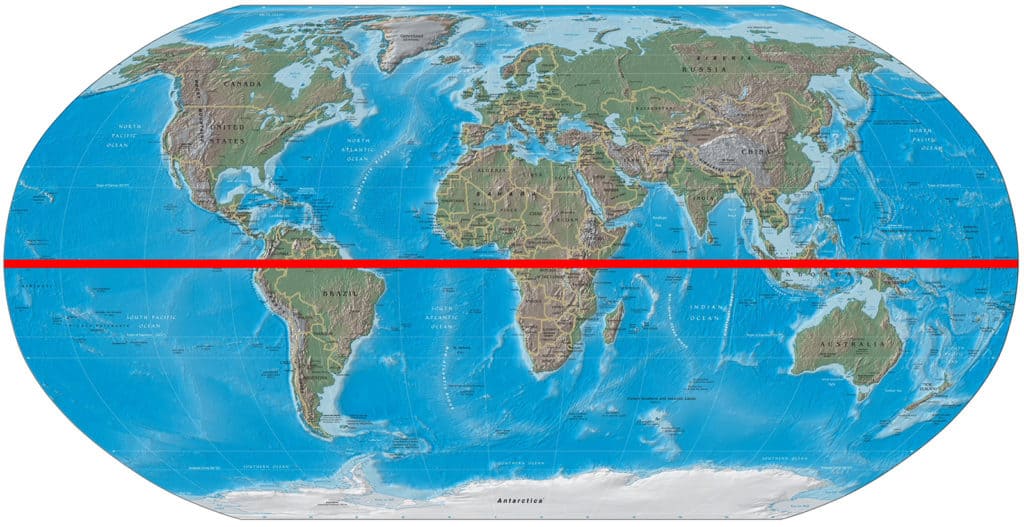
He measured the angles of the shadows cast by the Sun, and using different aspects to perform trigonometric calculations; he calculated the circumference to within a 2-20% margin of error.
Since Eratosthenes did this, the topic became a scientific matter. Later, in the 17th century, with the advancement of technology, the idea of a perfectly spherical Earth was slowly abandoned.
Sir Isaac Newton was the first to suggest this, and he started to propose that Earth’s equator had to be wider than its poles. During the advent of the Space Age and the ability to use orbital satellites to measure the planet from space, this was finally confirmed.
Equatorial – Meridional
The flattened spherical nature of Earth is reflected in terms of its equatorial and meridional circumference. At the equator, Earth has a circumference of 24.901.461 mi / 40.075.017 km.
When it comes to measurements from pole-to-pole, or along the meridian line, the Earth has a circumference of 24.859.73 mi / 40.007.86 km.
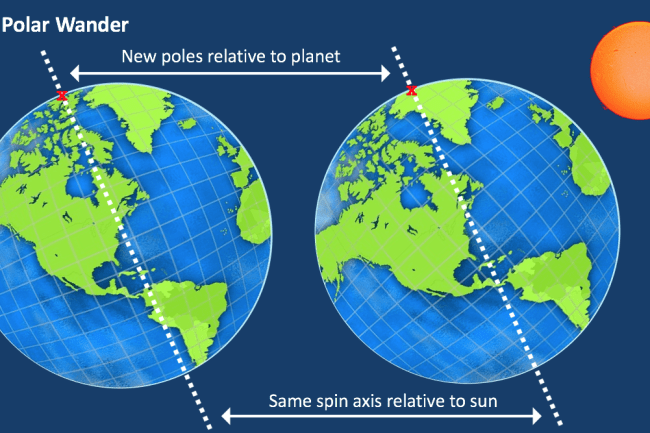
This is also reflected in Earth’s radius, which differs depending on which latitude it is measured at. If you measured the radius from Earth’s center to the equator, you would obtain a radius of 3.963.2 mi / 6.378.1 km.
However, if you would measure it from the center to one of Earth’s polar regions, you would obtain a radius of 3.949.9 mi / 6.356.8 km. It isn’t such a big difference, but it is present.
Many scientists have continued to develop several other models that represent the closest approximation of the shape of the Earth. However, for the most part, it is described as a sphere. But why do some people believe that the Earth is flat?
Flat Earth Theory
Often described as the ultimate conspiracy theory, a group of people argues that the Earth’s shape is flat. Their arguments are often pretty simplistic, such as:
- Walking on Earth looks/feels flat
- Any scientific evidence is fabricated/orchestrated by NASA and/or the government agencies
The theory states that Earth is a disc with the Arctic Circle in the center and Antarctica, a 150-foot-tall wall of ice, around the rim. Scientists from NASA are supposedly guarding this wall.
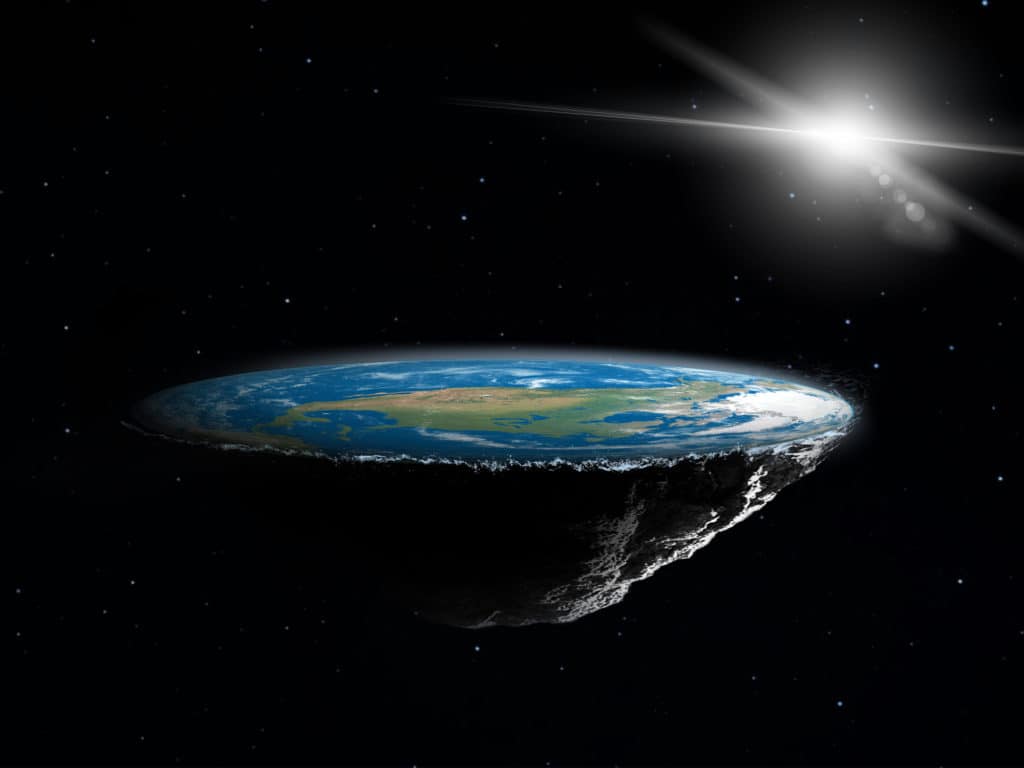
There are many other theories within this one, trying to explain gravity or the movements of the Sun and Moon. It is quite extraordinary that some people believed this.
However, there is one thing to keep in mind. Many, if not most, flat-Earthers are merely lying about their belief simply out of fun, profit, or general disinformation.
Though the number of flat-Earthners is small, their overall existence, for some people, is enough to deter their belief upon the shape of the Earth.
Did you know?
- The name “Earth” is at least 1.000 years old. It is a Germanic word that translates to “the ground.” No one knows who came up with it; however, Earth is the only planet that doesn’t bear a Greek or Roman deity name.
- Earth is 91 million mi / 147 million km away from the Sun or 1 AU.
- If Earth’s crustal surface would be at the same elevation, the depth of the oceans would only be at 1.68 mi / 2.7 km.
- How fast does the Moon orbit the Earth? Well, it is the equivalent of a rifle bullet.
- We are traveling through space on this big rock called home, at around 67.000 mi / 107.826 km per hour. However, when it comes to Earth’s rotation, it is slowing down at about 17 milliseconds every 1.000 years or so. This slowing down process is due to the Moon’s presence.
- Earth’s continents move at the same rate as how fast human fingernails grow.
Sources:
Image sources:
- https://solarsystem.nasa.gov/system/stellar_items/image_files/4_earth.jpg
- https://www.universetoday.com/wp-content/uploads/2014/04/800px-Size_planets_comparison.jpg
- https://cdn.britannica.com/19/129119-050-6ED737BC/World-map-red-line-Equator.jpg
- https://images.ctfassets.net/cnu0m8re1exe/3WJ0dJy4VIbegdvdcdfikb/62382fdcb2519b3672a0b4e8d4dbacff/Screen-Shot-2018-11-26-at-1.58.03-PM.png?w=650&h=433&fit=fill
- https://d.newsweek.com/en/full/1508883/flat-earth-soccor.jpg
